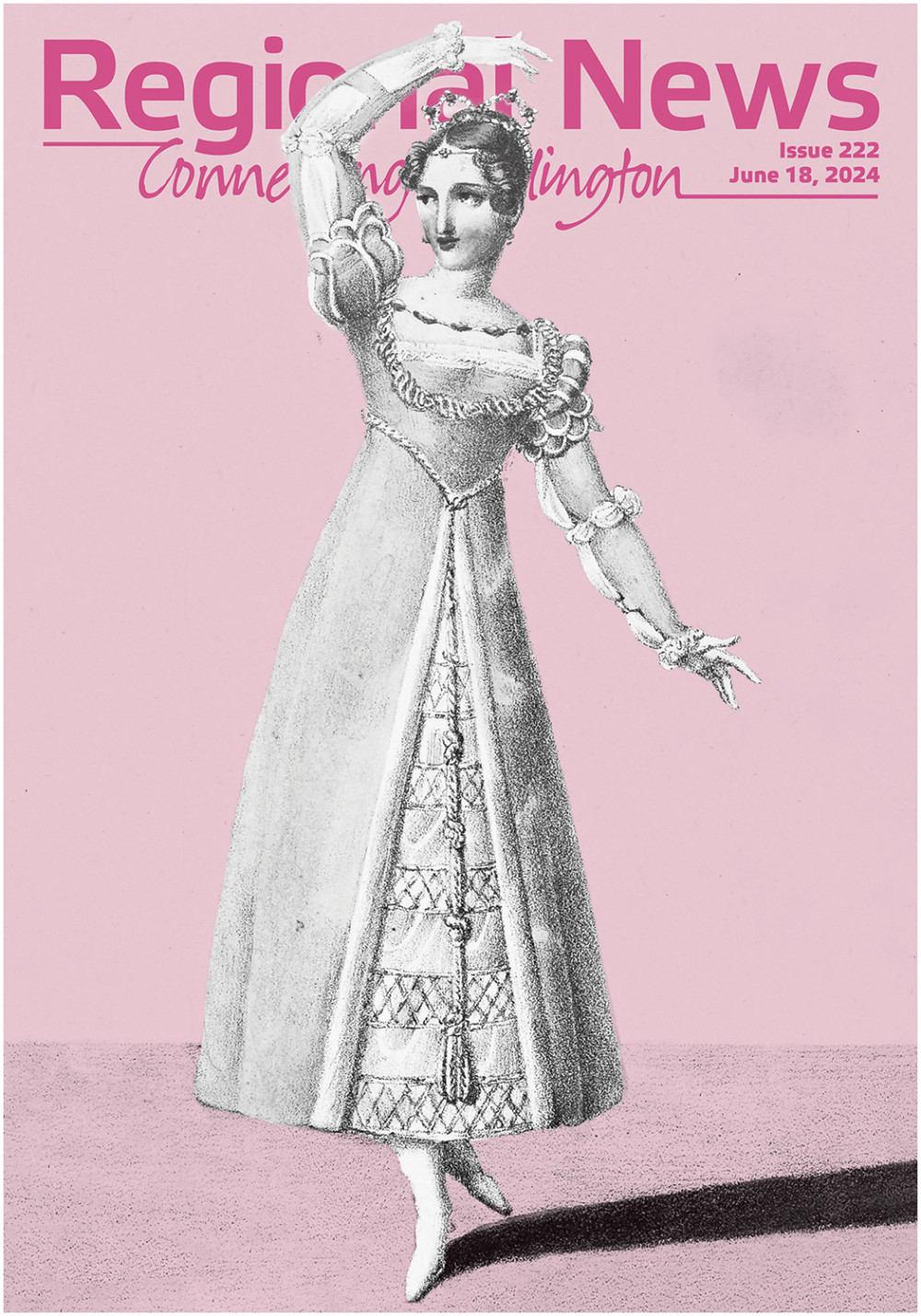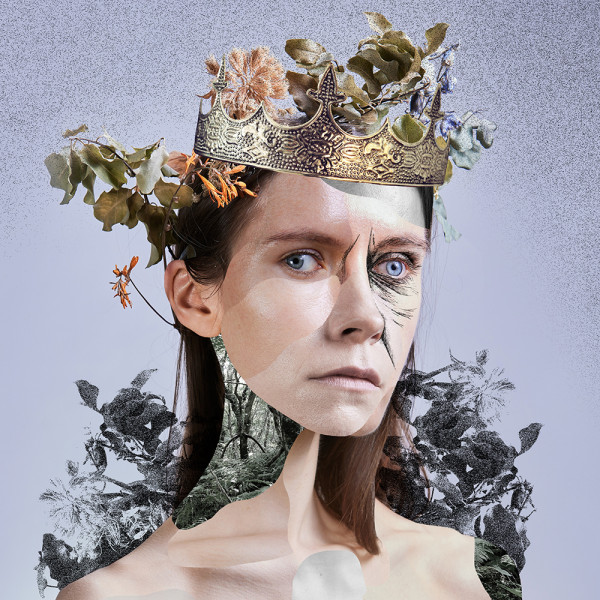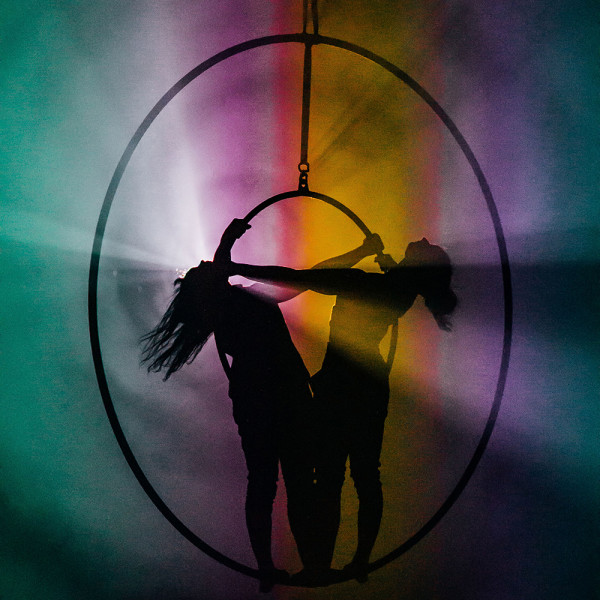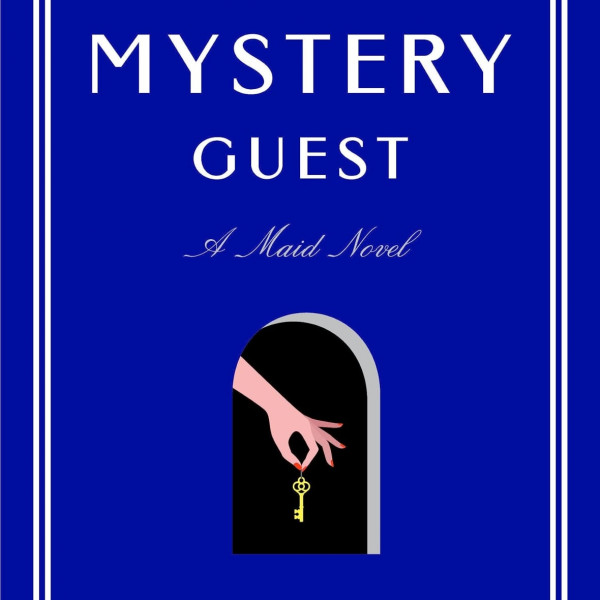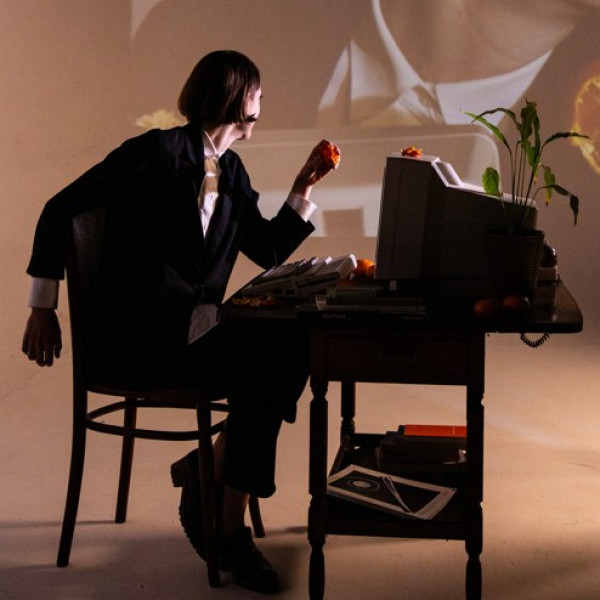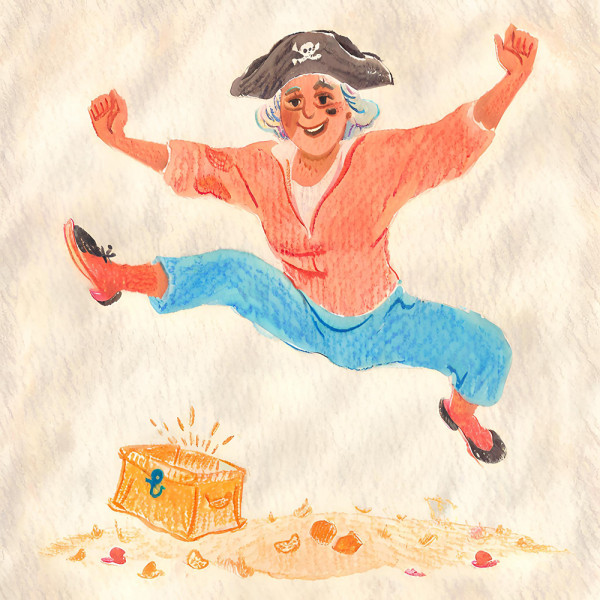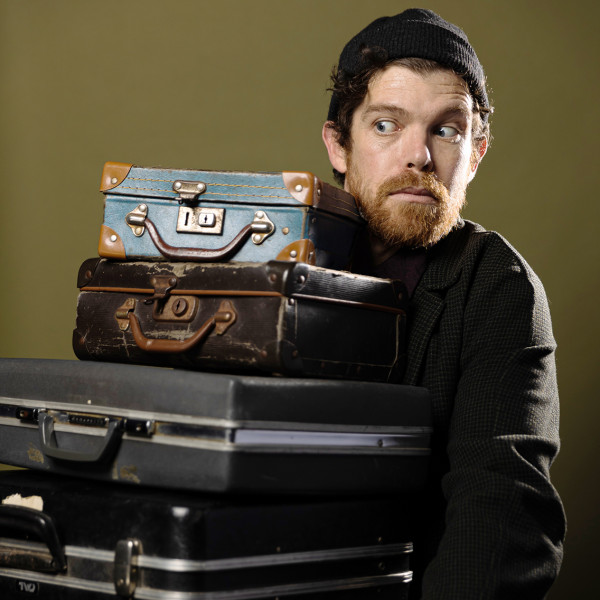
I walk out of the cinema at 10:30am on a Friday morning to a bright and shining blue day. As I wince in the light and warmth of the sun I feel as though I have just come from an arduous albeit cathartic journey. I entered the theatre alone, I left with three beautiful new friends.
The latest heart-warming, tender, and witty Kiwi film is The Mountain, directed and co-written by Rachel House, who adds yet another title to her formidable resume. No stranger to our screens or award ceremonies, House has once again proven herself as a Kiwi filmmaking giant, balancing story, fresh young talent, and weighty themes with mastery in her directorial debut.
The Mountain takes audiences on an adventure alongside Sam (Elizabeth Atkinson), Bronco (Terrence Daniel), and Mallory (Reuben Francis). Strangers at first, the three youngsters embark on a journey to climb Mount Taranaki in search of solace. Under the mountain’s watchful gaze, the trio find healing, the magic of the natural world, and camaraderie.
A love letter to Te Taiao, there are many themes that course through the veins of The Mountain, but my favourite is the celebration of the everyday magic we experience but often take for granted. Through the eyes of children, the magic of our world comes to life fresh, new, and wonderful, blossoming on the screen through native birdsong and twinkling stars, through sticks and stones and stories.
Talking to House (go check out our close-up interview in this edition), I learn that so much attention to detail has been sewn into The Mountain. For example, the sound department recorded birds from around Mount Taranaki, which were then embedded into the narrative.
The incorporation of te reo Māori also brings a smile to my face. As a bilingual speaker, though not of te reo, this small gesture means so much to me. Ingrained fluidly into the film, language becomes another part of the beautiful natural and cultural landscape of The Mountain.



